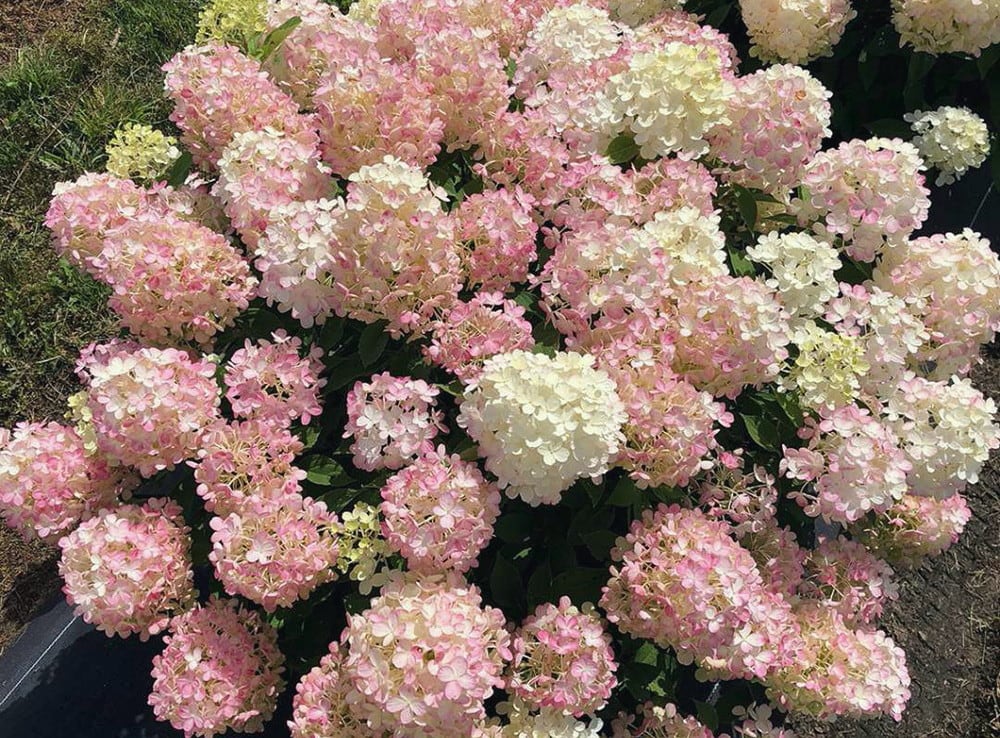This week’s Plant Pick of the Week from PennLive garden writer George Weigel is as follows:
* Common name: Fire Light Tidbit, dwarf panicle hydrangea
* Hydrangea paniculata SMNHPK is the botanical name.
* What they are:In recent years, a large number of small, fresh, summer-blooming panicle hydrangeas have become available for purchase. The Proven Winners Fire Light Tidbit variant is one of the best.
The flowers are almost as large as a full-size hydrangea, yet the plants remain modest at three feet tall and wide. Initially white in July, the stocky, cone-shaped flowers turn rosy-pink and then rusty-brown in the fall.
Although the stems are rather robust, the weight of the blooms gives them an arching appearance when they are in bloom. When used in a vase, the blooms cut nicely.
Almost every hydrangea can be browsed by deer. Other than that, panicle varieties rarely experience insect or disease problems.
* Size: Reachs a height and width of almost three feet.
* Where to use: Dwarf panicle hydrangeas look great along an east, west, or south foundation or in any mixed garden that is sunny to partially sunny.
Another choice is to group many to make a woody, low groundcover that blooms.
Because of its small size, Fire Light Tidbit fits nicely in containers. Either full sun or partial shade works well.
* Maintenance: Although panicle hydrangeas are more resistant to heat, sun, and drought than bigleaf varieties that bloom in June, they nevertheless thrive in soil that is regularly moist. During hot, dry summer months, soak them once a week (or every two days if you’re growing them in pots).
Pruning is not necessary if size is acceptable. However, the best time to prune is at the end of winter, right before new growth starts, if you need to reduce size or thin out excess or crossing branches. In the spring, panicle hydrangeas bloom on newly grown wood.
Although fertilizer is typically not required, spread granular fertilizer over the bed at the end of winter if a soil test or poor soil nutrition are detected.
* Excellent companion: Shrub roses make excellent flowering shrub companions. Or surround the base with annuals like pink vinca, purple angelonia, white alyssum, or pink or purple petunias, or combine them with perennials like hardy geraniums, phlox, coneflowers, betony, dwarf catmint, salvia, lavender, and/or phlox.
Gardening with George Weigel
-
How to sort out what s wrong with your boxwoods
-
Spotted lanternflies are pooping up a storm … and it s only going to get worse
-
This native Pa. perennial is the perfect late bloomer for your garden
-
Gardening to the max: Go big or go home






